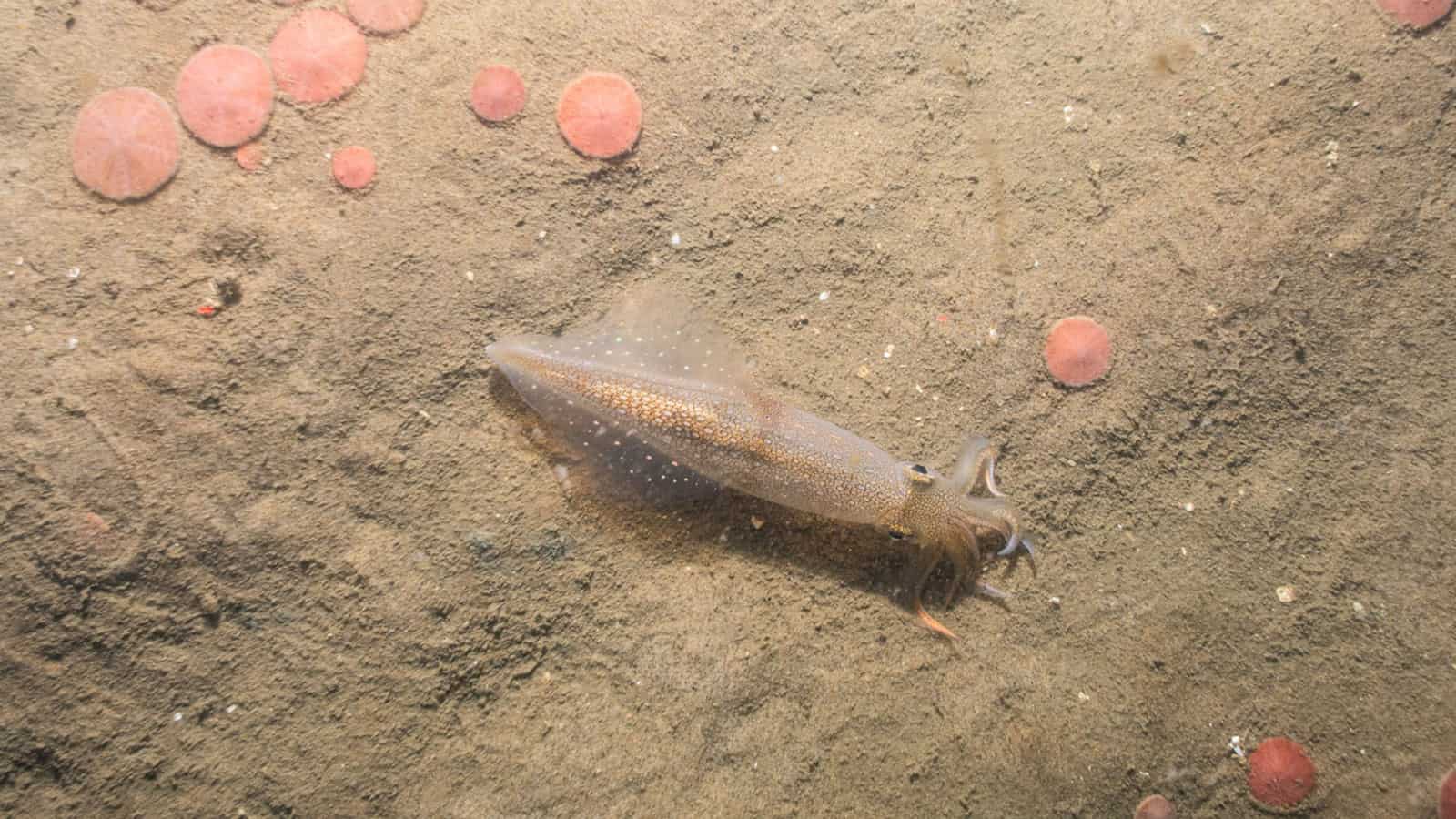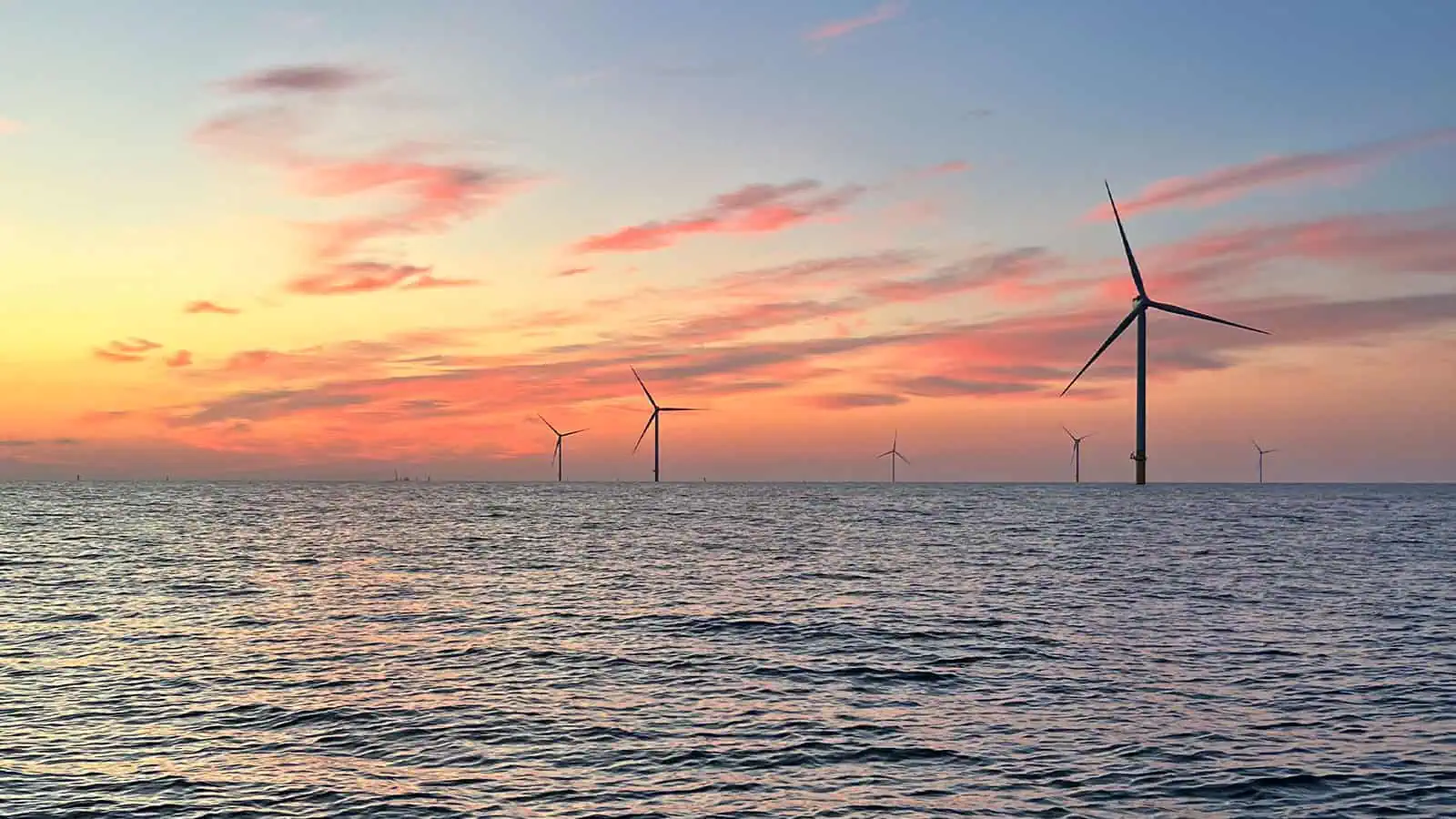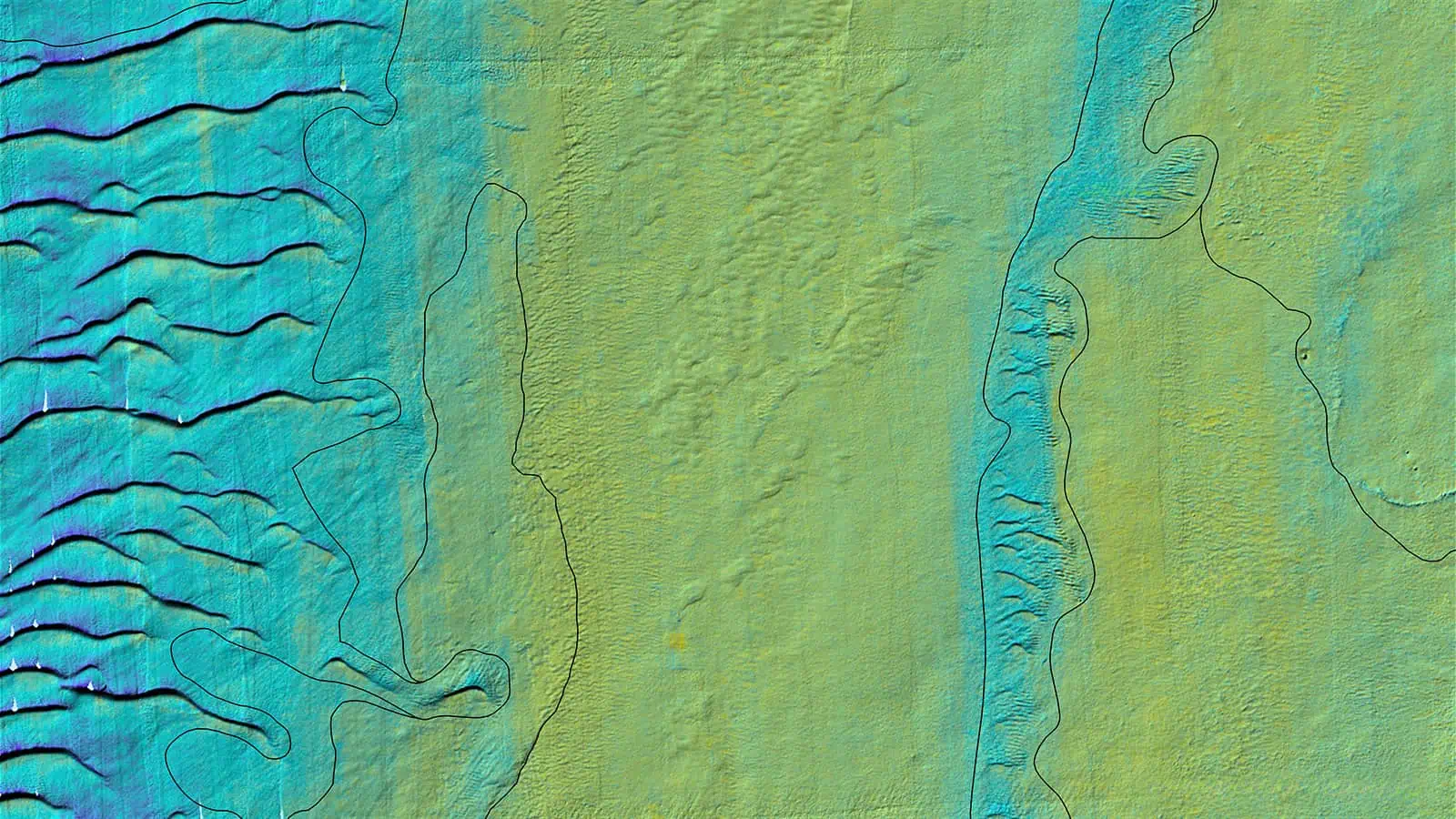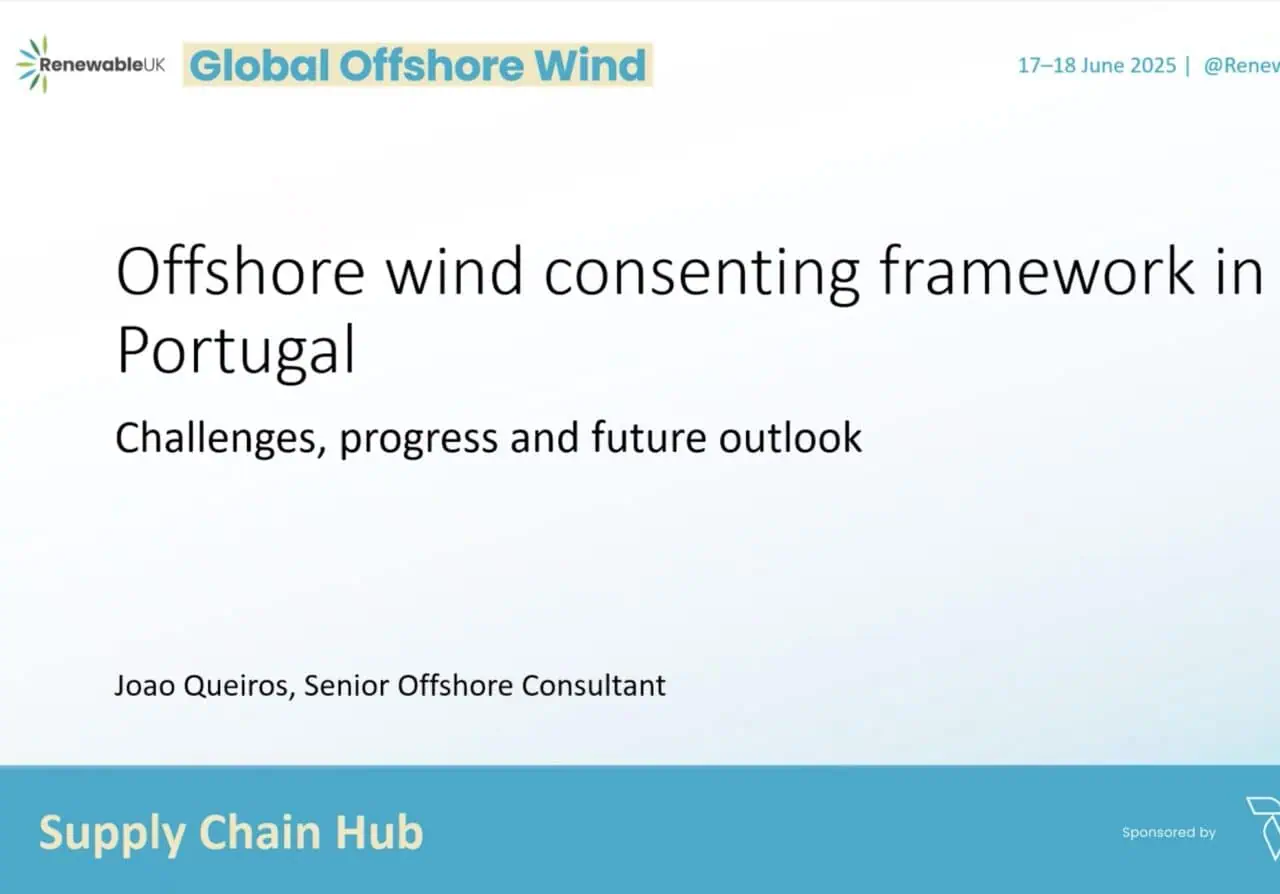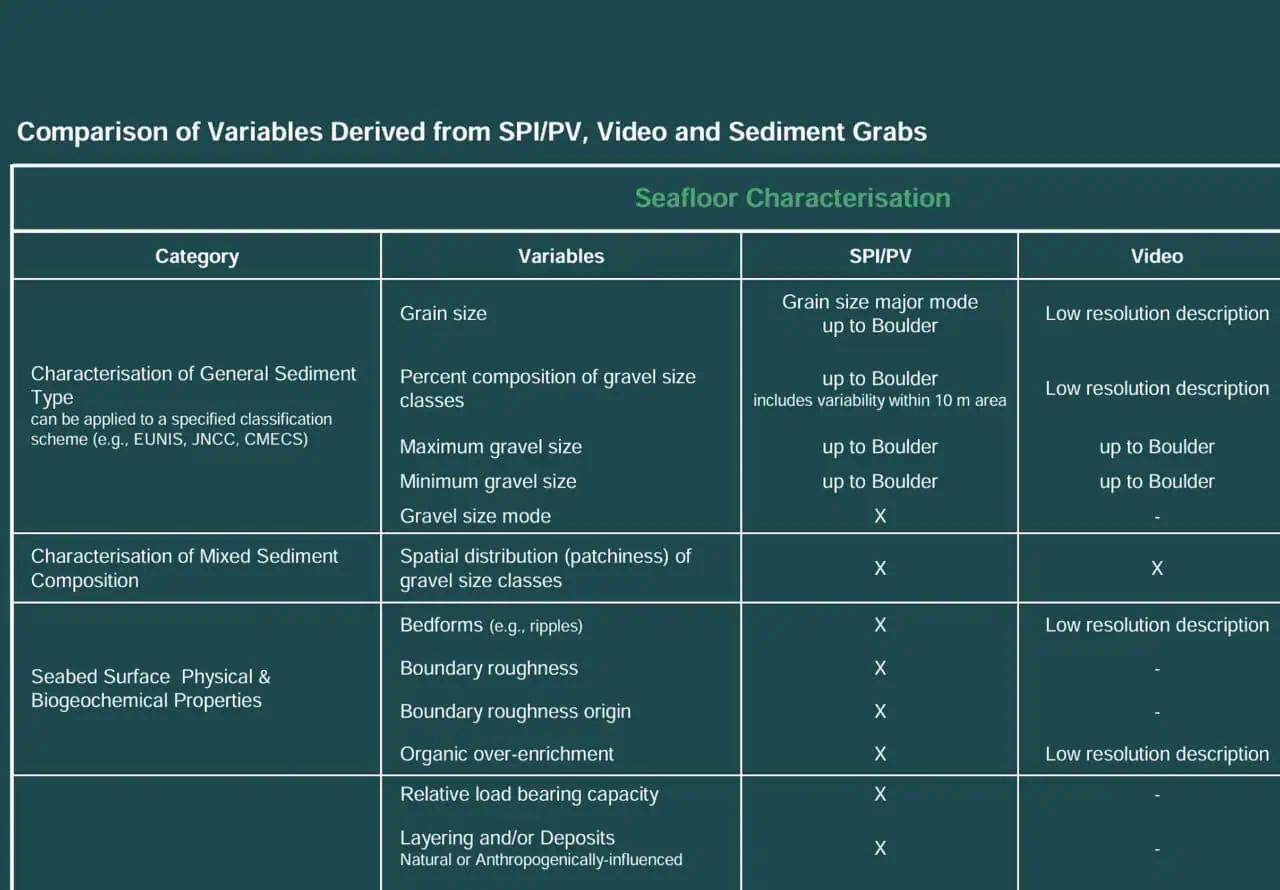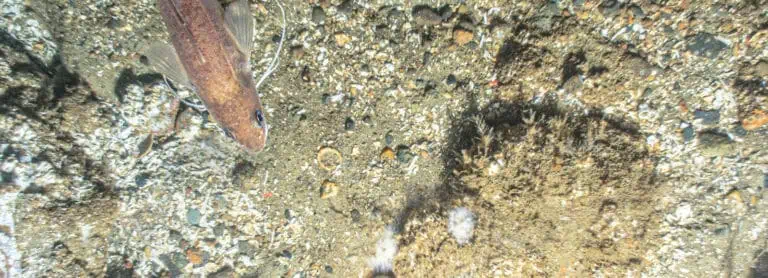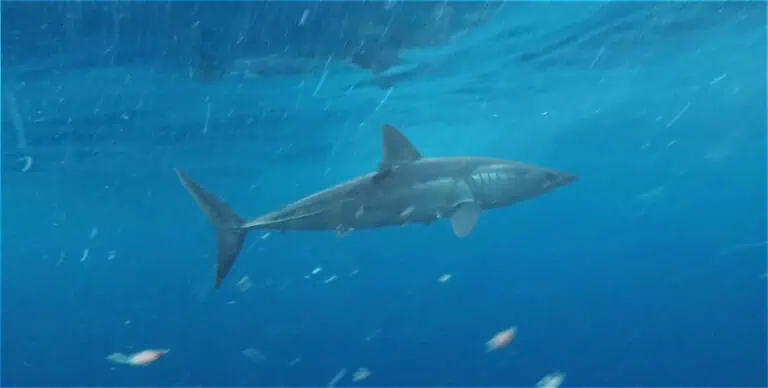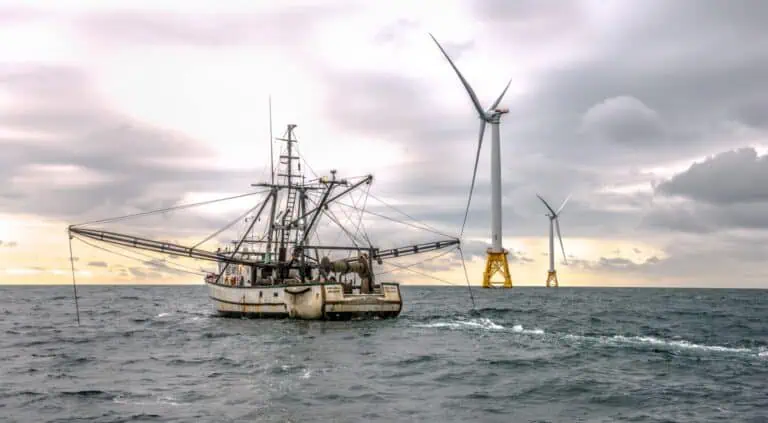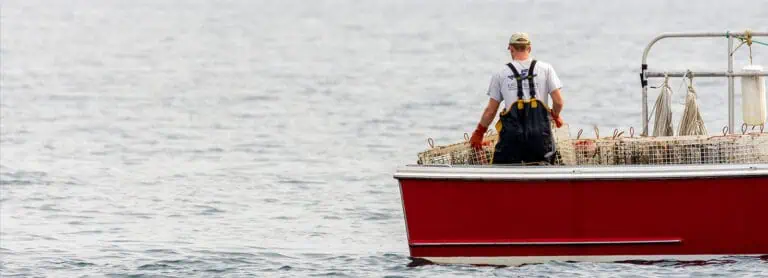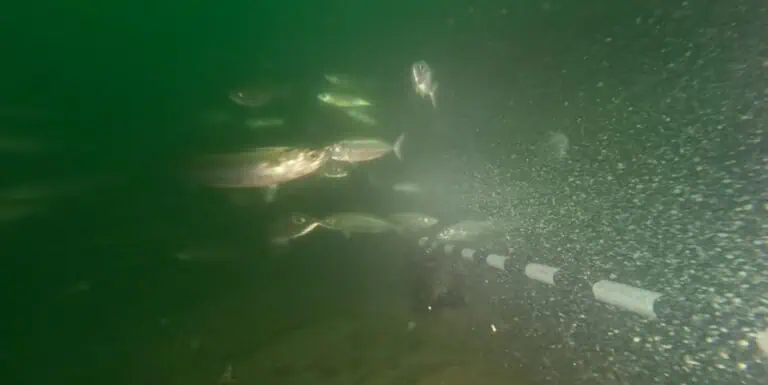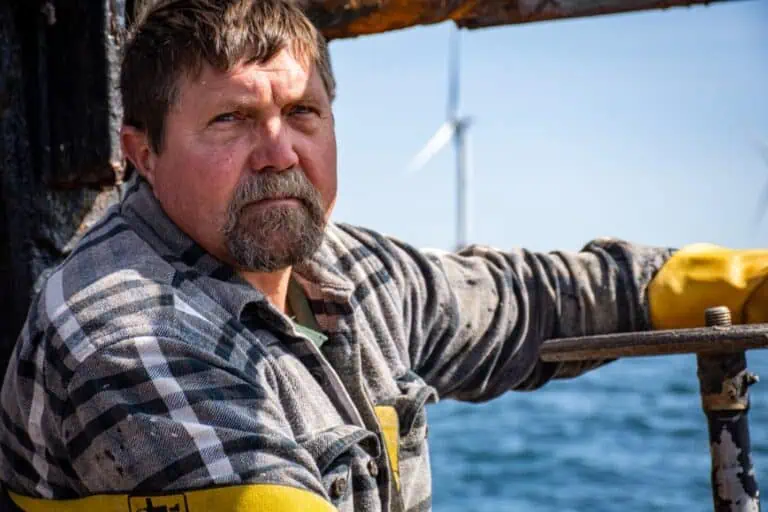Fisheries Monitoring Plans
INSPIRE scientists design fisheries monitoring plans that propose non-extractive and standard extractive methods that are best suited to project and regulatory objectives.
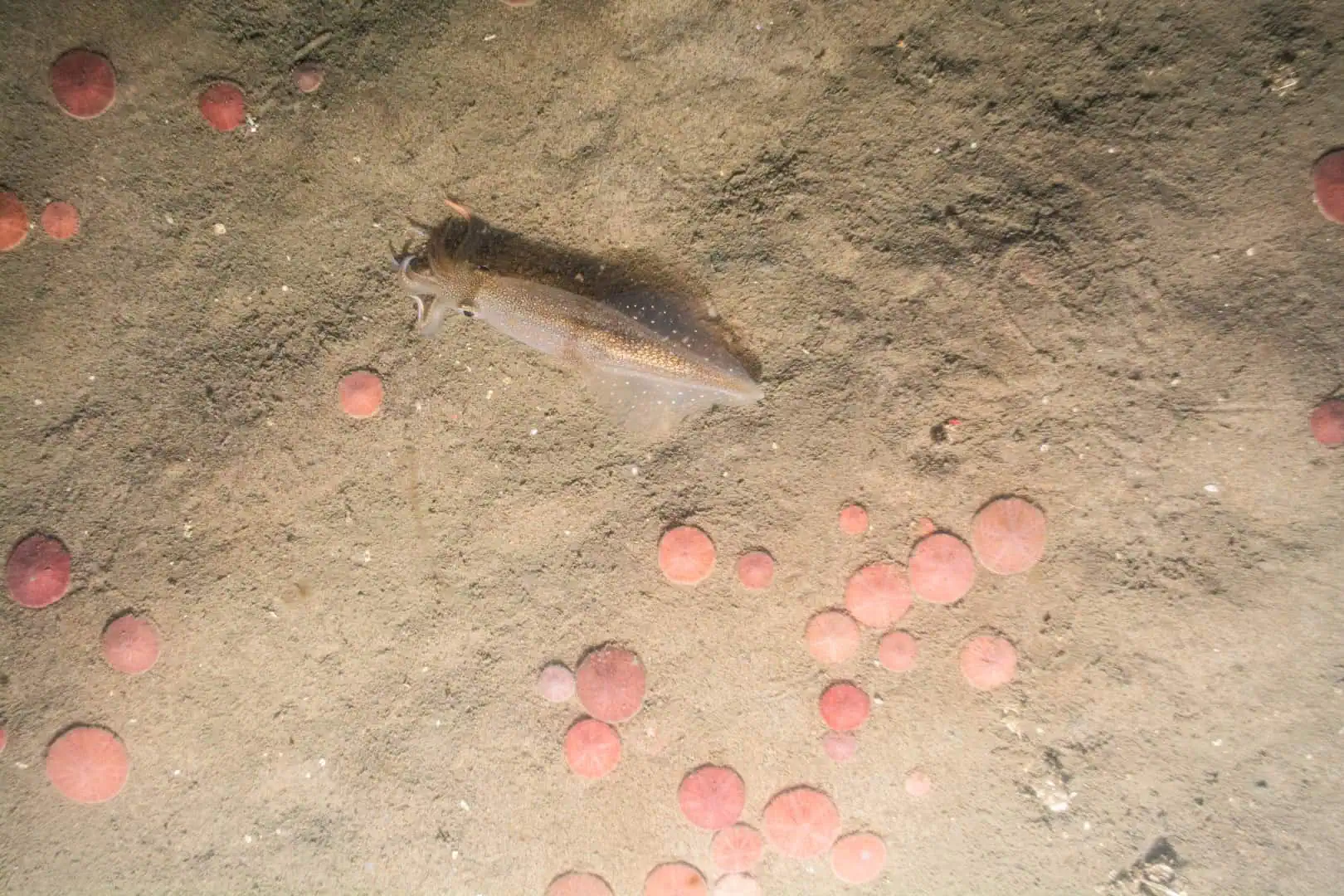
Fisheries Monitoring Plans (FMPs) include selecting the most appropriate survey design, sampling station allocation, field methodology, data management system, and data analysis methods.
Effective FMPs address regulatory objectives to characterize dominant species, establish baseline abundances and distributions, assure sufficient replication, and outline statistical approaches to analyze project effects.
Inspire’s experience developing FMPs for multiple clients has produced robust survey designs and results that satisfy the objectives of regulatory authorities.
Meeting regulatory objectives and guidelines
Assessing fisheries to detect potential impacts
Establish dominant species and their seasonal occurrences
Monitoring is conducted to sample demersal and pelagic fish and invertebrate assemblages to identify dominant (abundance and biomass) taxa and their seasonal fluctuations.
Monitoring is conducted to sample demersal and pelagic fish and invertebrate assemblages to identify dominant (abundance and biomass) taxa and their seasonal fluctuations.
Document baseline habitat use through abundance and distribution patterns
Baseline sampling establishes background abundance and distribution patterns either between the project and reference areas or across a spatial gradient from a project feature (e.g., wind turbine foundation or buried cable).
Baseline sampling establishes background abundance and distribution patterns either between the project and reference areas or across a spatial gradient from a project feature (e.g., wind turbine foundation or buried cable).
Collect additional information to improve interpretation of results
Inspire examines multiple metrics to better understand potential project effects that may include impacts to size distributions, diet, condition, disease prevalence, or reproductive status.
Inspire examines multiple metrics to better understand potential project effects that may include impacts to size distributions, diet, condition, disease prevalence, or reproductive status.
Collect data that are designed to assess project effects
Inspire uses power analyses to inform development of study designs and improve statistical power, thus reducing uncertainty in the interpretation of monitoring results.
Inspire uses power analyses to inform development of study designs and improve statistical power, thus reducing uncertainty in the interpretation of monitoring results.
Inspire compares fish parameters between baseline and post-construction time periods to determine project effects.
Our analytical approach includes statistical contrasts as well as descriptive examinations of parameters that may not be suited for statistical tests.
Our analytical approach includes statistical contrasts as well as descriptive examinations of parameters that may not be suited for statistical tests.
Commercial and recreational fisheries
Inspire contracted with commercial boat captains using their vessels and crews to accomplish two seven-year monitoring studies at Block Island Wind Farm. Results from the two surveys have informed subsequent offshore wind monitoring efforts and were published in peer-reviewed journals.
Inspire contracted with commercial boat captains using their vessels and crews to accomplish two seven-year monitoring studies at Block Island Wind Farm. Results from the two surveys have informed subsequent offshore wind monitoring efforts and were published in peer-reviewed journals.

We provide trusted expert support with a proven track record of success
